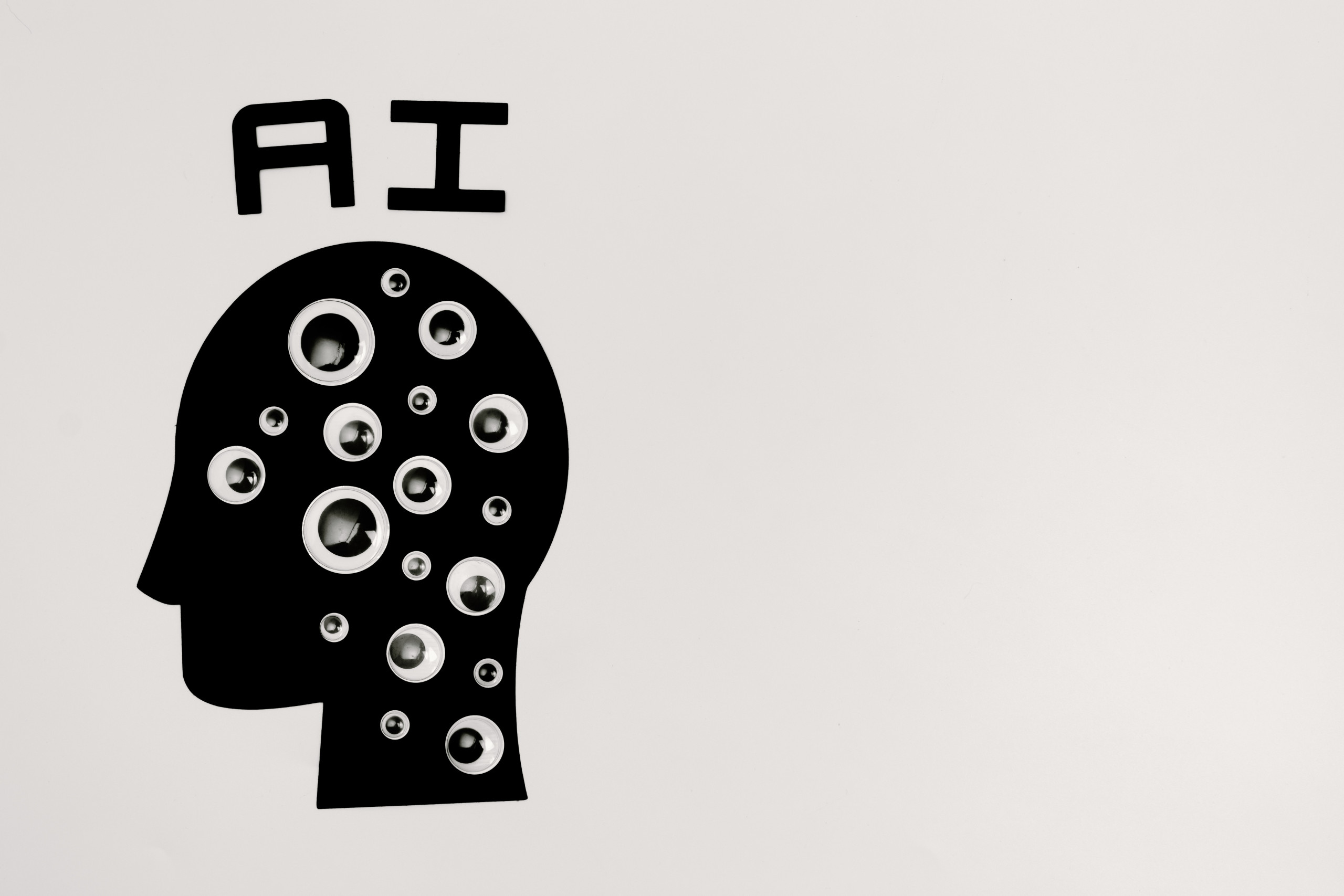Gamification techniques and software have modernised and improved digital learning. Combining them with artificial intelligence can be very beneficial, but, if badly used, it could be disadvantageous.
The main aim of gamification in learning is to improve participation, engagement, continuity, or evaluation of the learning materials. Everything is designed to immerse students in the game process so they can learn and have fun at the same time. There are many benefits that artificial intelligence can bring to gamification to make it even more engaging, and that’s why there are many gamification tools, such as the ones included in our Technical Toolbox, that already use some basic features of AI.
One of the main advantages of artificial intelligence is that it is a smart technology that can easily analyse learner behaviour and recognise emotions based on their performance. In digital learning, it means that it can evaluate user interactions, so it creates tailored exercises to meet the learning objectives set by the teacher. Its software is able to detect the types of exercises with which students interact more as they consider them more appealing. Thanks to that information, it will be able to generate activities that are more engaging for students, which will boost their learning and skills development process.
AI software is also very useful in the evaluation process as it has systems that automatically analyse user performance and offers instant feedback and rewards. In this way, students can obtain instant results, which will help them be more involved in the activity and focus on the learning goals. It is also helpful for teachers as they receive valuable information about the students’ performance and they can also offer constant and tailored feedback.

Nevertheless, there are some aspects of AI that might negatively impact the learning process. As its aim is to optimise processes, its speed in creating and offering new types of activities can be too stimulating to students and affect their attention skills. If they are offered too much information, it will prevent them from reflecting on the errors that they have made and they might not learn from them. Also, this AI feature can be too distracting for students who might forget the main aim of the activity, which is to learn.
Another concern that some experts have is data protection. AI software can analyse and store a big amount of data from students and teachers. The question that arises is to which extent can this technology access and treat our personal information? As AI is based on online systems, all that information I stored on the cloud. Proper legislation must be set in place to allow proper data protection.
In conclusion, AI can bring many benefits to gamification as it can improve process to make them more efficient and fun. This can help increase student engagement which can positively impact their learning process. However, too many stimuli can affect pupil’s ability to stay focused. Data protection is also concerning and, as AI is here to stay, it is important to keep an eye on the advancements this technology makes and the legislation that will apply to it.
Bibliography:
AI & Gamification – Risks and Rewards. (n.d.). [web log]. Retrieved 2023, from https://www.etrellium.com/ai/the-issues-prospects-of-ai-and-gamification/
Gamificación e inteligencia artificial – La evolución de la retroalimentación y la evaluación formativa. (n.d.). [web log]. Retrieved 2023, from https://www.capacitacionhoy.com/gamificacion-e-inteligencia-artificial/
Khakpour, A., Colomo-Palacios, R. Convergence of Gamification and Machine Learning: A Systematic Literature Review. Tech Know Learn 26, 597–636 (2021). https://doi.org/10.1007/s10758-020-09456-4
Villagrán, M. (2019). La inteligencia artificial al servicio de la educación [web log]. Retrieved from https://digimentore.com.ec/la-inteligencia-artificial-al-servicio-de-la-educacion/




